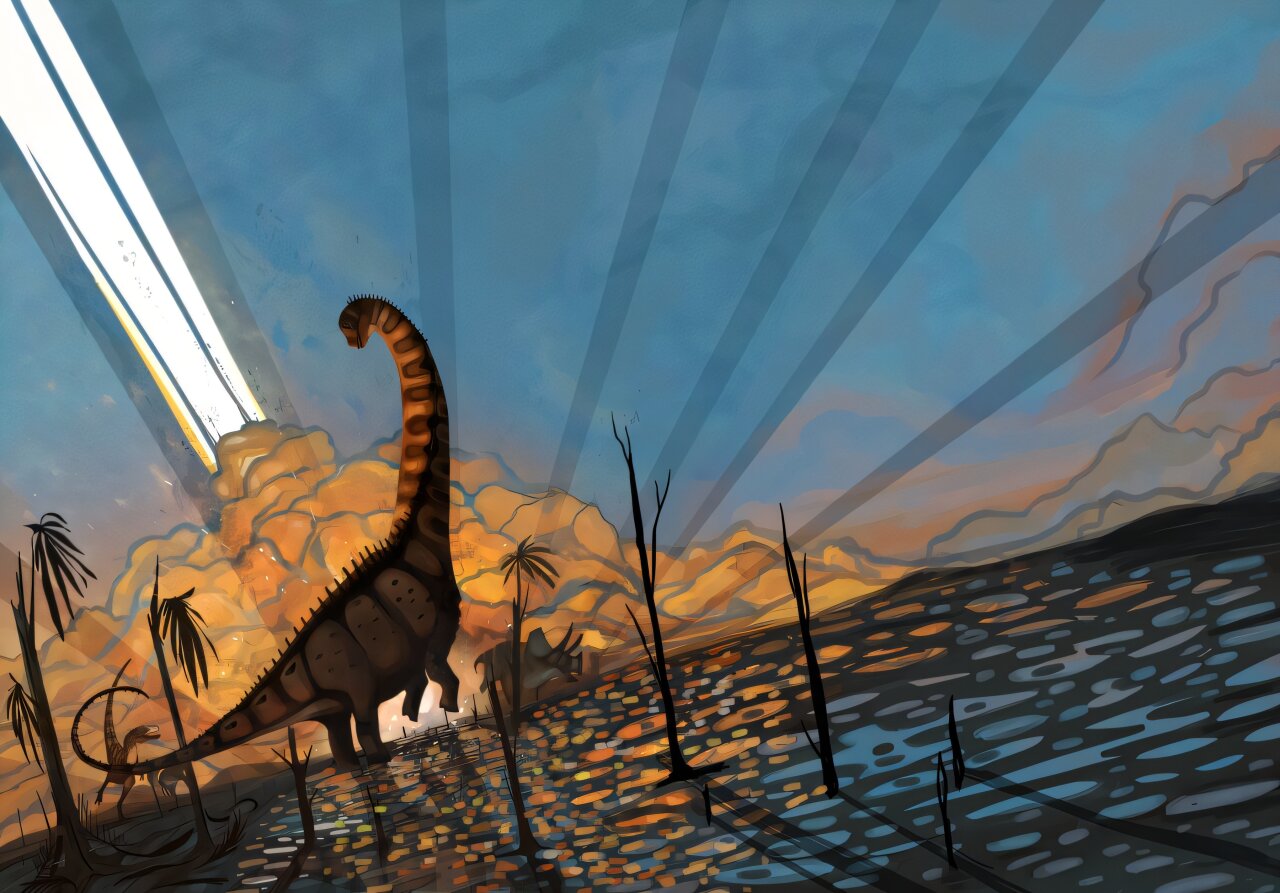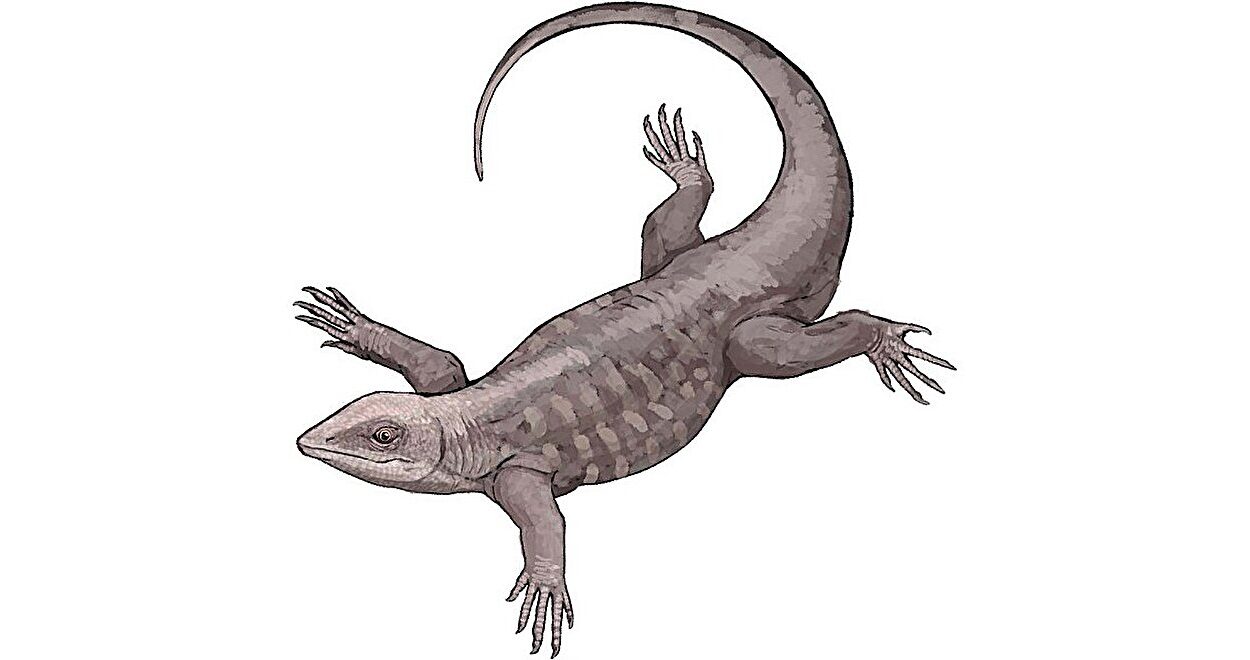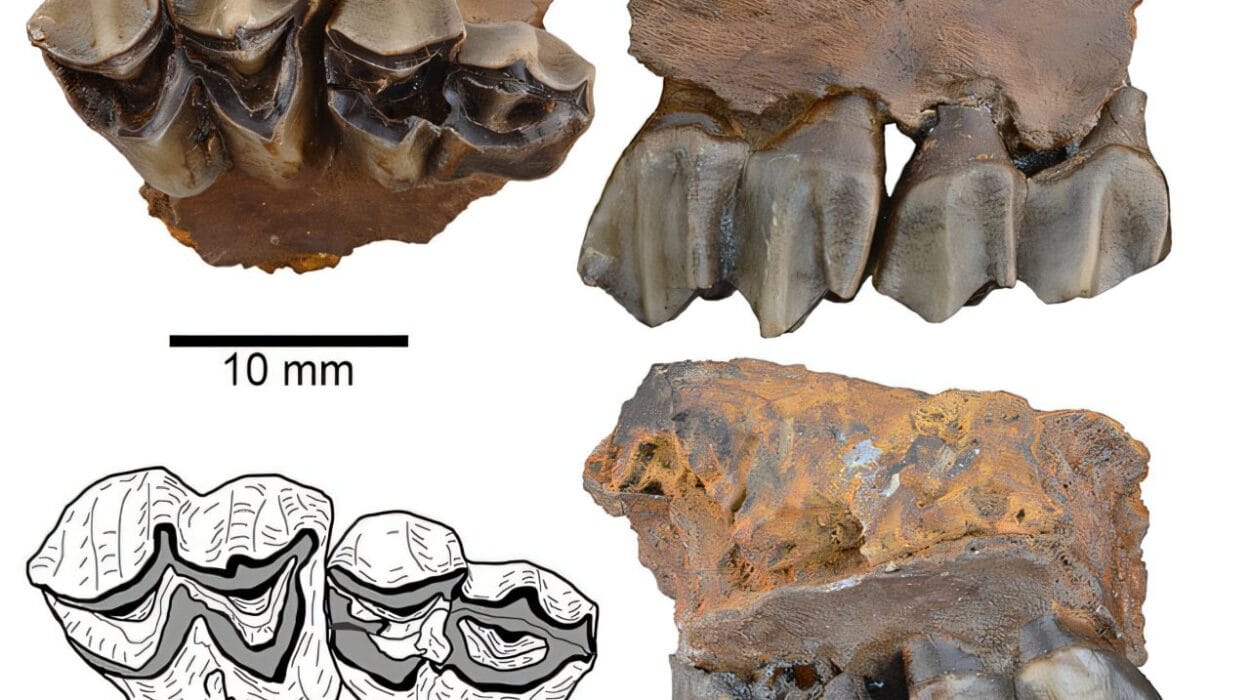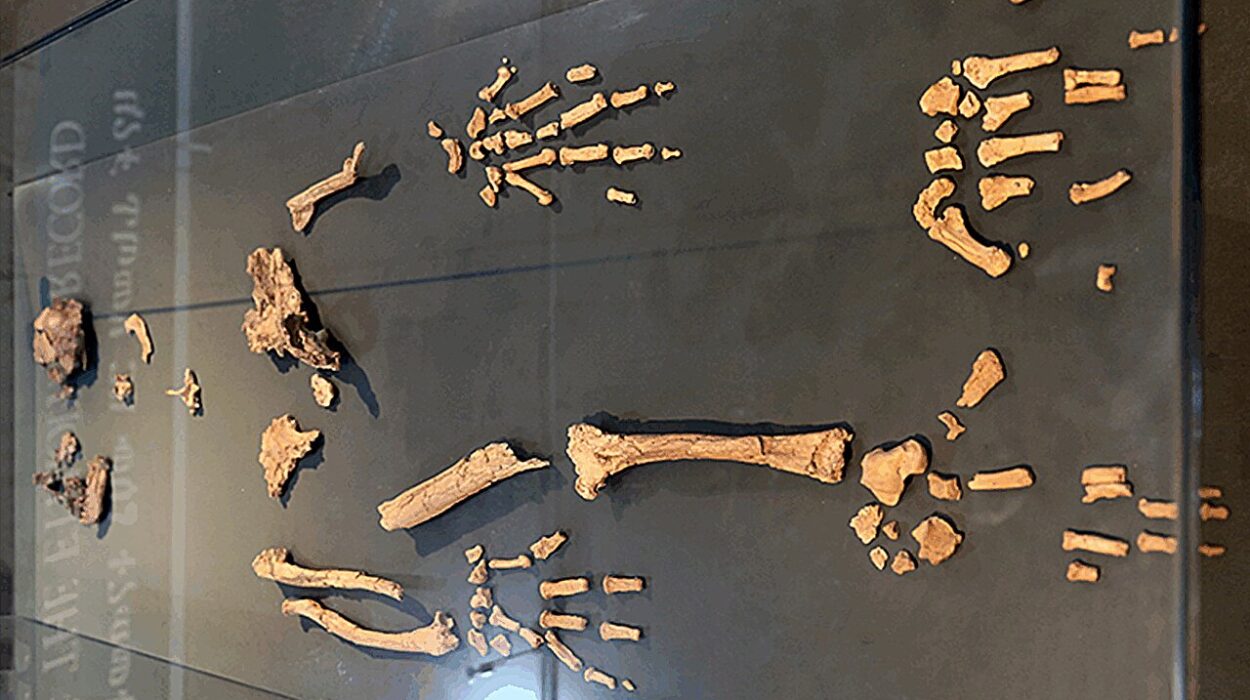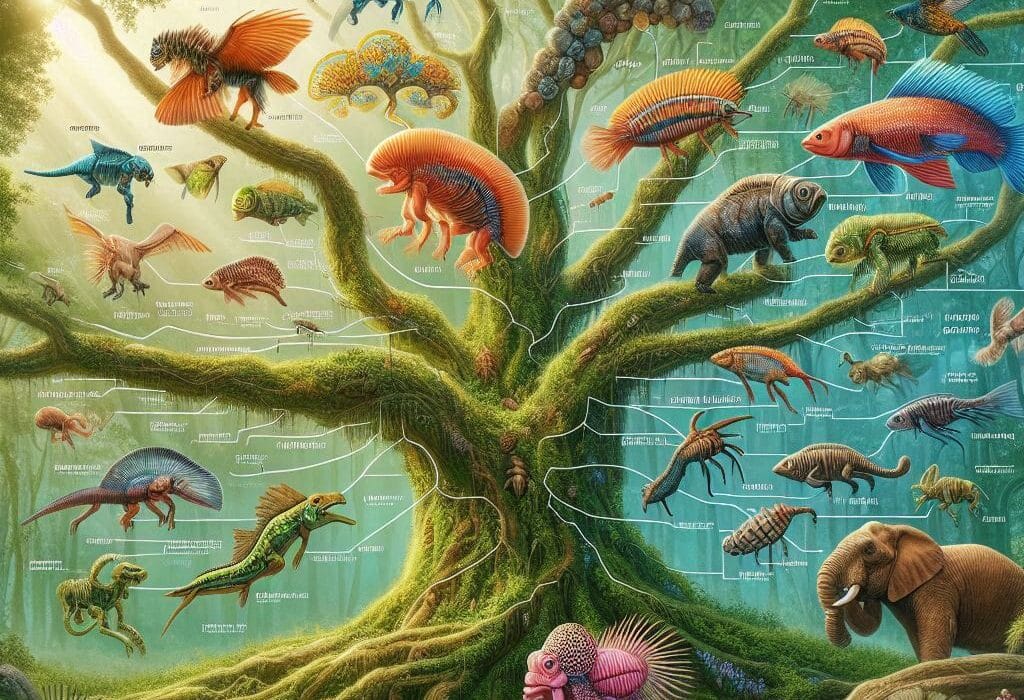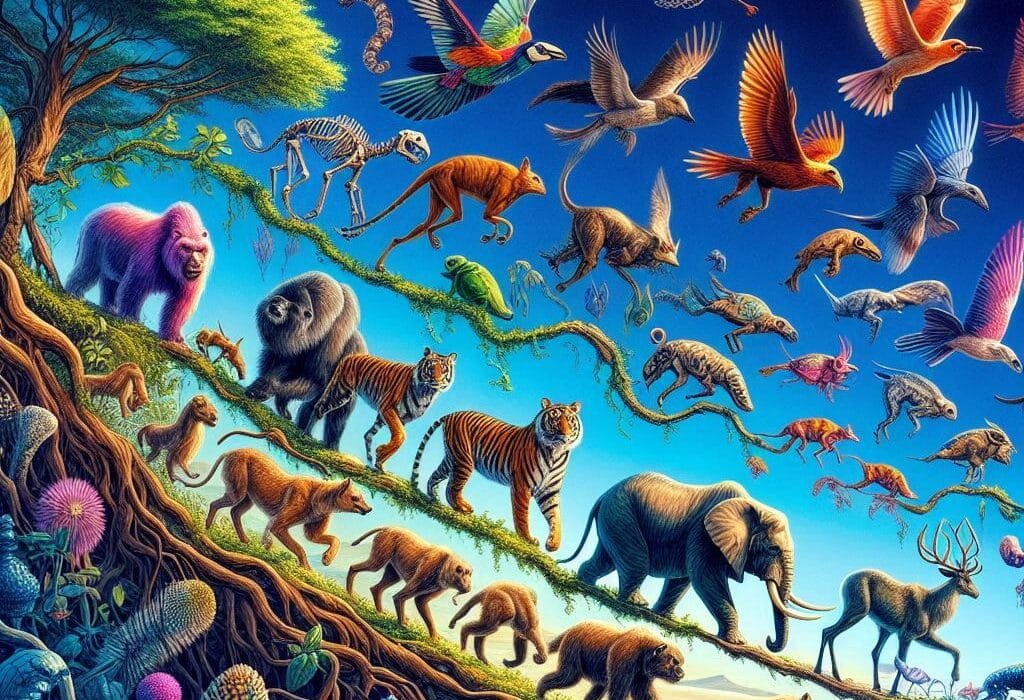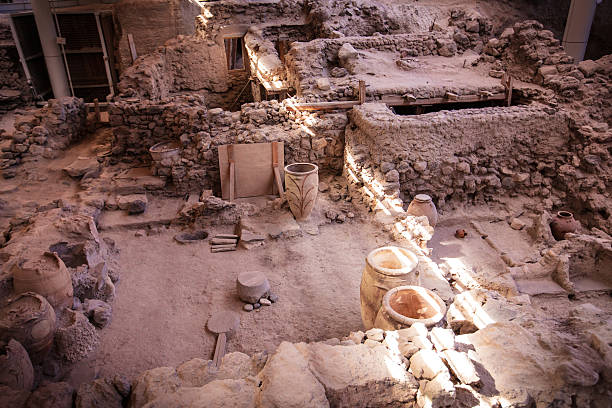For decades, the story of the dinosaurs’ end was told with a quiet inevitability. Textbooks, documentaries, and museum displays painted a picture of creatures already in decline — their once-mighty reign fading long before the asteroid struck Earth 66 million years ago. The asteroid, in this version of history, was merely the final blow to a world already unraveling.
But now, a groundbreaking study published in Science by researchers from Baylor University, New Mexico State University, the Smithsonian Institution, and international collaborators has rewritten that narrative. Their evidence, drawn from the fossil-rich rocks of northwestern New Mexico, reveals a startling truth: the dinosaurs were not fading. They were flourishing.
A Final Flourish in the San Juan Basin
In the remote deserts of northwestern New Mexico, the San Juan Basin holds a secret. Beneath its layered cliffs and windswept mesas lie the remnants of one of the last thriving dinosaur ecosystems on Earth. Within a rock layer known as the Naashoibito Member of the Kirtland Formation, scientists uncovered fossils that bridge the final moments before the catastrophic asteroid impact.
Using high-precision dating, the team discovered that these fossils are between 66.4 and 66 million years old, meaning they come from just before the asteroid that ended the Cretaceous period. That timing is crucial — it places these animals within the shadow of extinction, alive and diverse mere tens of thousands of years before the impact that would erase them.
“The Naashoibito dinosaurs lived at the same time as the famous Hell Creek species in Montana and the Dakotas,” said Daniel Peppe, Ph.D., associate professor of geosciences at Baylor University. “They were not in decline; these were vibrant, diverse communities.”
It’s an image that challenges the old narrative of gradual decay. In this corner of prehistoric North America, dinosaurs were still thriving — not limping toward their doom but charging into it, unaware that their world was about to end.
Dinosaurs in Their Prime
The Naashoibito fossils tell a vivid story of resilience and vitality. From horned ceratopsians to the duck-billed hadrosaurs, from small predators to giant tyrannosaurs, the diversity of species paints a picture of a dynamic, healthy ecosystem. The dinosaurs here were not relics of a dying world; they were the rulers of a living one.
By comparing fossils across regions, the researchers discovered that dinosaur communities in North America were far from uniform. Instead, they were divided into distinct ecological zones called bioprovinces — unique regional communities shaped not by mountains or rivers, but by differences in temperature and climate.
“What our new research shows is that dinosaurs are not on their way out going into the mass extinction,” said Andrew Flynn, Ph.D., assistant professor of geological sciences at New Mexico State University and lead author of the study. “They’re doing great, they’re thriving, and the asteroid impact seems to knock them out. This counters a long-held idea that there was this long-term decline in dinosaur diversity leading up to the mass extinction.”
This discovery reframes one of the great mysteries of paleontology: why did the dinosaurs disappear so suddenly? The new evidence suggests the answer is simple — they didn’t have time to adapt. The asteroid that struck the Yucatán Peninsula 66 million years ago was not a mercy blow to a fading empire but a cosmic catastrophe that extinguished a flourishing world overnight.
A World in Transition
The Naashoibito Formation represents the closing pages of the Cretaceous — a period when the continents, climates, and life forms were shifting dramatically. North America was a patchwork of ecosystems: tropical forests in the south, temperate woodlands farther north, and vast floodplains teeming with life.
In New Mexico, dinosaurs roamed near rivers that wound through dense vegetation. Giant hadrosaurs grazed along the floodplains, while smaller predators darted between ferns and cycads. Each fossil bone recovered from the Naashoibito Member adds another detail to this picture — evidence that the age of dinosaurs was still ecologically rich right up to the boundary between eras.
Then, in a geological instant, it all ended. The asteroid impact vaporized rock, ignited global wildfires, and plunged the planet into darkness. Photosynthesis collapsed. Food chains unraveled. In what might have felt like a few terrible months or years, the dinosaurs’ world vanished. But the story doesn’t end there.
Life After Impact
The extinction that ended the age of dinosaurs was also the beginning of something new. In the silence that followed, survivors began to rebuild. Small mammals, long living in the shadows of giants, found empty spaces to occupy. They diversified rapidly — evolving new diets, new forms, and new ways to live.
Within just 300,000 years, mammals were spreading across landscapes once ruled by dinosaurs. They experimented with size and shape: insect-eaters, plant-eaters, climbers, and burrowers. The world was still recovering, but life was already reinventing itself.
What’s fascinating, the researchers note, is that the same climate-driven divisions that shaped dinosaur ecosystems persisted after the extinction. The mammals that replaced them were divided into northern and southern bioprovinces, each with distinct species adapted to their regional climates.
“The surviving mammals still retain the same north and south bio provinces,” Flynn explained. “Mammals in the north and the south are very different from each other, which is different than other mass extinctions where it seems to be much more uniform.”
In other words, the environmental patterns that structured life before the asteroid continued to shape evolution after it. Even catastrophe could not erase the influence of climate.
The Resilience and Fragility of Life
This discovery is more than a correction to the dinosaur record; it’s a lesson in resilience and vulnerability. The dinosaurs were not victims of slow decay but of sudden catastrophe. They thrived until the sky fell — literally. Their story is a reminder that even the strongest species can be undone by global forces beyond their control.
At the same time, their extinction opened ecological doors for others. The dinosaurs’ end was the mammals’ beginning — and ultimately, our own. The roots of human evolution stretch back to that moment of chaos and renewal 66 million years ago.
The research also underscores the importance of protected lands. The fossils that changed this story were discovered on public lands managed by the U.S. Bureau of Land Management — landscapes preserved for science and shared heritage. Each layer of rock is a page in Earth’s memory, waiting to be read with care.
Rewriting the Story of the Dinosaurs
For more than a century, paleontologists debated the final days of the dinosaurs. Were they already faltering, victims of climate stress or volcanic eruptions, before the asteroid struck? Or did the impact itself cause their sudden demise?
The new study offers a decisive answer: the dinosaurs were still thriving when fate intervened. Their diversity was strong, their ecosystems stable, their reign unchallenged — until a single, random event from space changed everything.
With this discovery, the age of dinosaurs becomes not a story of slow decline, but of abrupt tragedy. It’s the tale of a world at its peak — lush, crowded, and alive — erased in a geological blink.
Echoes Across Time
When we look at the fossil bones of the Naashoibito dinosaurs today, we’re not just looking at the past. We’re seeing a reflection of the present. Like them, our world is vibrant yet vulnerable. Climate divides our ecosystems, species adapt and migrate, and the balance of life feels both stable and precarious.
The dinosaurs remind us that thriving is not the same as safe. The Earth can change abruptly, and survival depends not only on strength but on adaptability — and sometimes, on luck.
But there is another lesson, too. Life endures. After the asteroid came fire, darkness, and extinction — and then, eventually, renewal. Out of ruin, new worlds are born.
The story of the Naashoibito dinosaurs, buried for millions of years beneath New Mexico’s desert stone, is a story of both fragility and continuity. It tells us that every end carries within it the seed of a beginning.
The Last Days of Greatness
The dinosaurs’ world did not fade away quietly. It ended in splendor — with forests full of sound, rivers full of life, and herds of magnificent creatures roaming beneath a sun that would soon set forever on their kind.
They did not die as relics of a failing era. They died as kings of a world that had not yet finished its song.
And as we stand, millions of years later, piecing together their story from fragments of bone and stone, we glimpse the grandeur of a moment frozen in time — the final flourish of a world that refused to go gently into extinction.
More information: Andrew G. Flynn et al, Late-surviving New Mexican dinosaurs illuminate high end-Cretaceous diversity and provinciality, Science (2025). DOI: 10.1126/science.adw3282. www.science.org/doi/10.1126/science.adw3282
Lindsay Zanno, Dinosaur diversity before the asteroid, Science (2025). DOI: 10.1126/science.aeb5725 www.science.org/doi/10.1126/science.aeb5725
